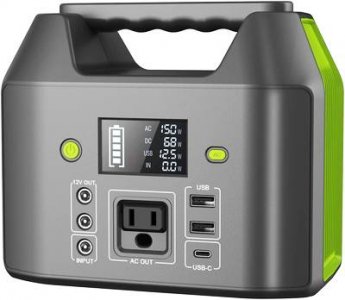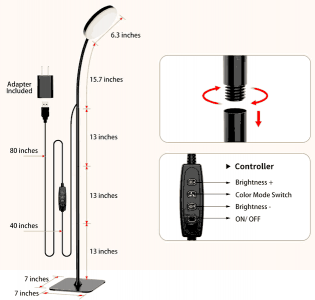Imogene
Senior Member
- Location
- Middle Tennessee
This all seems extremely and unnecessarily complex.
Since you are more than willing to delve into the complexities, why not consider a solar fence charger set up.
I have never had the need but I am forum acquainted with several who do use them on decent size acreage with great success at keeping horses where they belong.
One user has a .5 joule charger that is supposed to be good for 20 miles of fencing in minimal sunlight. Surely you could figure a way to convert this to your own use. It would cost less, take up less space, and bring your math requirements down a few nothces.
Get started with the essentials | Stafix
Since you are more than willing to delve into the complexities, why not consider a solar fence charger set up.
I have never had the need but I am forum acquainted with several who do use them on decent size acreage with great success at keeping horses where they belong.
One user has a .5 joule charger that is supposed to be good for 20 miles of fencing in minimal sunlight. Surely you could figure a way to convert this to your own use. It would cost less, take up less space, and bring your math requirements down a few nothces.
Get started with the essentials | Stafix






